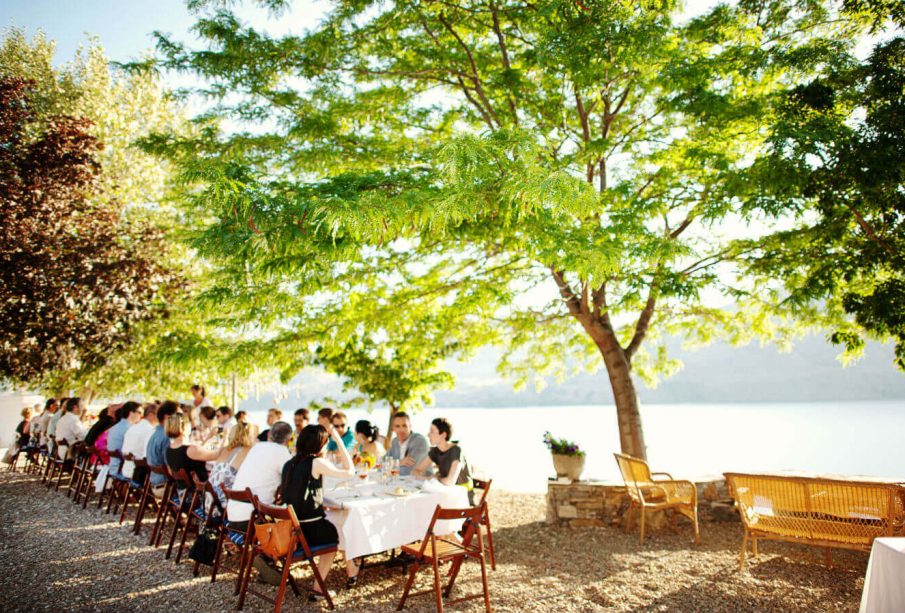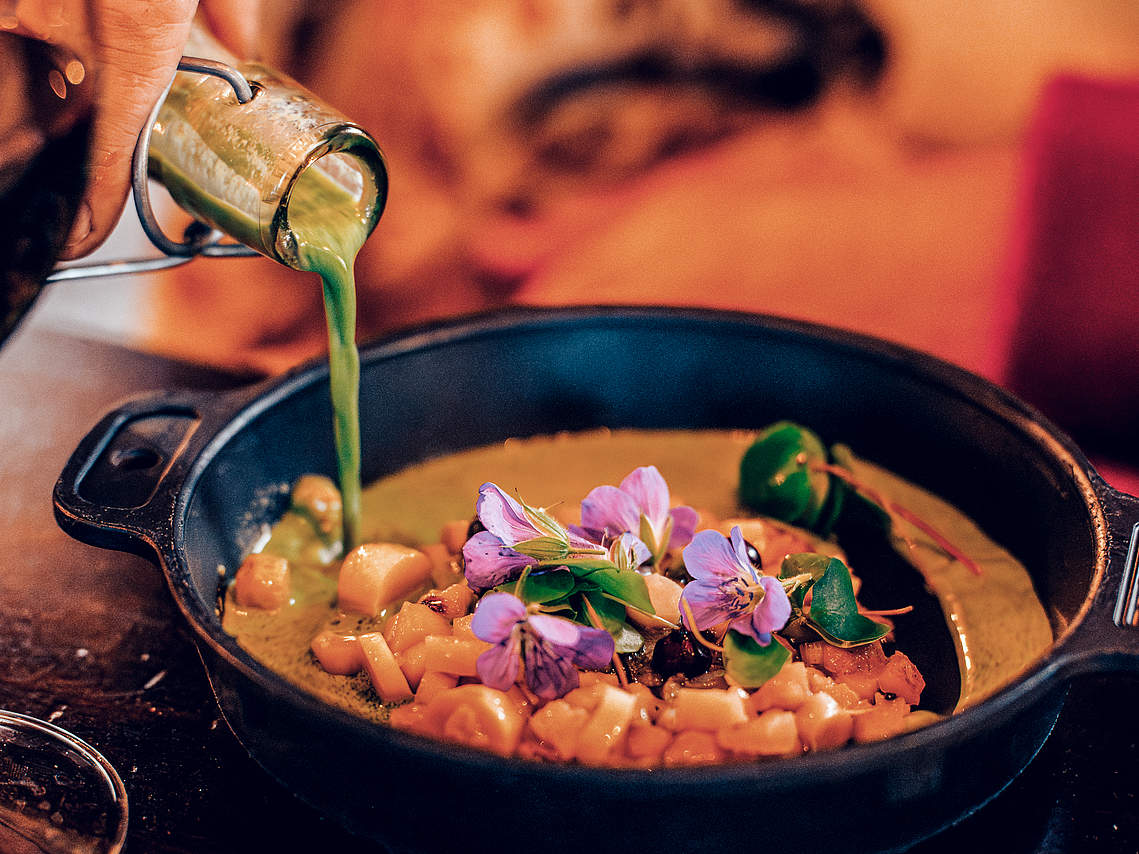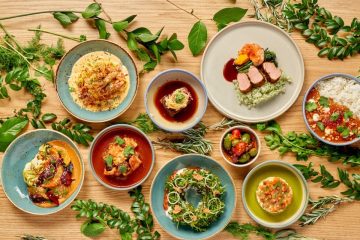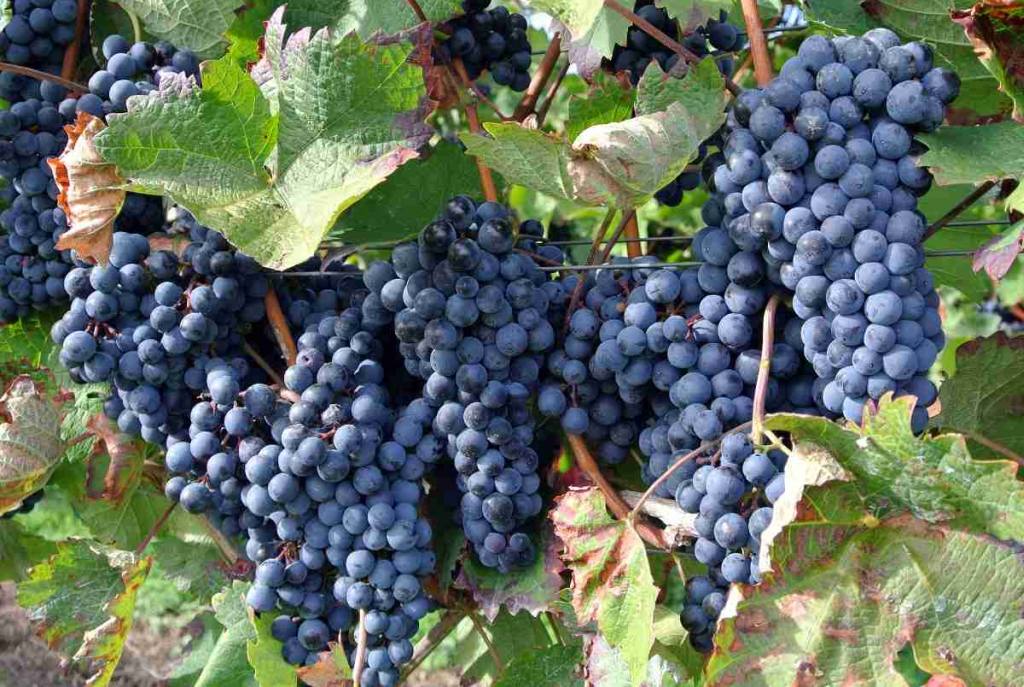The Joy of Food and Recreation: How Culinary Experiences Enrich Leisure

Food has always been more than a necessity—it is culture, tradition, creativity, and joy. When combined with recreation, food becomes a powerful way to connect with others, explore new experiences, and enhance well-being. In recent years, recreation and food have merged into one of the most popular lifestyle trends: from food tourism and cooking classes to outdoor dining and farm-to-table adventures.
This article explores how food and recreation intersect, why culinary experiences play such a vital role in leisure activities, and how people can embrace this combination for both enjoyment and wellness.
Food as a Recreational Experience
For many, food is no longer just about fueling the body—it’s an adventure. Dining has become an experience in itself, one that often involves creativity, discovery, and relaxation. The rise of recreational food culture reflects how much people value shared meals, new tastes, and the memories created around them.
Popular Forms of Food Recreation
-
Cooking Classes: Learning to prepare new dishes is both educational and fun, especially when done in a group setting.
-
Food Tourism: Travelers increasingly design trips around food—tasting local specialties, visiting vineyards, or exploring street food markets.
-
Dining Experiences: From rooftop restaurants to themed pop-ups, unique dining environments turn meals into special occasions.
-
Food Festivals: Celebrations of cuisine, from barbecue cook-offs to wine tastings, combine entertainment with culinary enjoyment.
These activities highlight food as a source of joy and discovery, where eating is only part of the journey.
The Social Power of Food
Food brings people together. Shared meals are often central to recreation, whether at a picnic, family gathering, or community festival. Eating together strengthens bonds, fosters conversation, and creates lasting memories.
In modern life, where digital distractions can reduce face-to-face interaction, food-centered recreation plays an important role in rebuilding social connections. A dinner party or cooking night with friends can be as recreational as any sport or trip—only with the added benefit of delicious flavors.

Outdoor Recreation and Food
Food also plays a major role in outdoor recreation. Activities such as camping, hiking, or beach outings often revolve around cooking and sharing meals. Preparing food outdoors adds a sense of adventure, from grilling at a campsite to enjoying fresh fruit on a mountain trail.
Examples of Outdoor Food Recreation
-
Picnics in Parks: Blending nature with simple homemade meals.
-
Camping Meals: Cooking over a campfire, whether roasting marshmallows or preparing hearty stews.
-
Farm Visits: Picking your own fruits or vegetables and enjoying them fresh on-site.
-
Food Trucks at Festivals: Providing quick, flavorful meals that enhance concerts, fairs, and sporting events.
Outdoor food experiences not only make recreation more enjoyable but also create opportunities to slow down and savor the moment.
Health and Wellness Through Food Recreation
Recreation is not only about fun—it’s about rejuvenation. When food is thoughtfully integrated, it can also contribute to health and wellness. Choosing fresh, balanced meals during leisure activities ensures that enjoyment does not come at the expense of health.
For example, cooking classes that focus on healthy cuisine allow participants to learn skills they can apply in daily life. Outdoor activities combined with nutritious meals encourage balanced lifestyles, while farm-to-table experiences help people reconnect with natural food sources.
Mindful eating practices—such as savoring flavors, eating slowly, and appreciating presentation—turn meals into both recreation and wellness rituals.
Culinary Tourism: A Growing Trend
One of the most exciting intersections of food and recreation is culinary tourism. Travelers increasingly choose destinations based on food culture, seeking authentic flavors and experiences that reflect local traditions.
Examples of Culinary Tourism
-
Wine and Brewery Tours: Exploring vineyards, breweries, and distilleries.
-
Street Food Adventures: Sampling authentic, affordable meals that represent local culture.
-
Cooking Vacations: Traveling abroad to learn traditional cooking methods.
-
Farm-to-Table Retreats: Staying on farms where meals are prepared from freshly harvested ingredients.
For many, culinary tourism is as rewarding as sightseeing, offering a way to taste the world while supporting local economies and traditions.
The Role of Food in Celebrations and Festivals
Recreational events are often incomplete without food. Weddings, birthdays, and holidays all revolve around meals that bring meaning to the celebration. Similarly, food festivals themselves have become popular recreational activities, drawing crowds eager to try specialty dishes and unique flavors.
For example, Oktoberfest in Germany combines beer and food with music and tradition. In Asia, street food festivals showcase cultural diversity through flavors. In the U.S., state fairs often highlight regional specialties like corn dogs, funnel cakes, or barbecue.
These gatherings illustrate how food is at the heart of recreation, turning events into unforgettable experiences.
Food, Creativity, and Play
Food is also a playground for creativity. Recreational cooking encourages experimentation—mixing ingredients, trying new recipes, and presenting dishes in artistic ways. Baking, decorating cakes, or even creating food art can become enjoyable hobbies.
In family settings, cooking together doubles as both bonding time and play. Children especially benefit from recreational food activities, as they learn about nutrition, teamwork, and creativity through hands-on experiences in the kitchen.
Technology and Food Recreation
Technology has reshaped the way people engage with food for fun. Social media platforms like Instagram and TikTok highlight food trends, encouraging users to try new recipes or visit specific dining spots.
Cooking apps, meal-planning platforms, and online classes make culinary recreation accessible from home. Even virtual reality is entering the scene, allowing people to explore immersive food experiences or simulate cooking techniques.
This digital integration expands the scope of food as recreation, making it global and interactive.
Sustainable Food Recreation
Another growing trend is sustainability in food-related recreation. More people are choosing eco-friendly dining and cooking experiences, such as:
-
Eating locally sourced and seasonal foods.
-
Participating in farm-to-table tours.
-
Supporting restaurants that minimize food waste.
-
Learning about plant-based cuisines through workshops.
Sustainable recreation not only enriches personal experience but also contributes to global well-being.

Conclusion
Recreation and food are deeply intertwined. From outdoor picnics and cooking classes to global culinary tourism, food elevates leisure activities into memorable, meaningful experiences. It strengthens social bonds, supports wellness, fuels creativity, and connects people with both tradition and innovation.
In a fast-paced world, food-based recreation offers a chance to slow down, savor flavors, and share joy with others. Whether exploring a new street market abroad, cooking a meal with family, or attending a food festival, one truth remains universal: food has the power to transform leisure into something extraordinary.
By embracing the intersection of food and recreation, individuals not only enrich their lifestyles but also discover a deeper appreciation for culture, community, and the simple pleasure of eating well.











